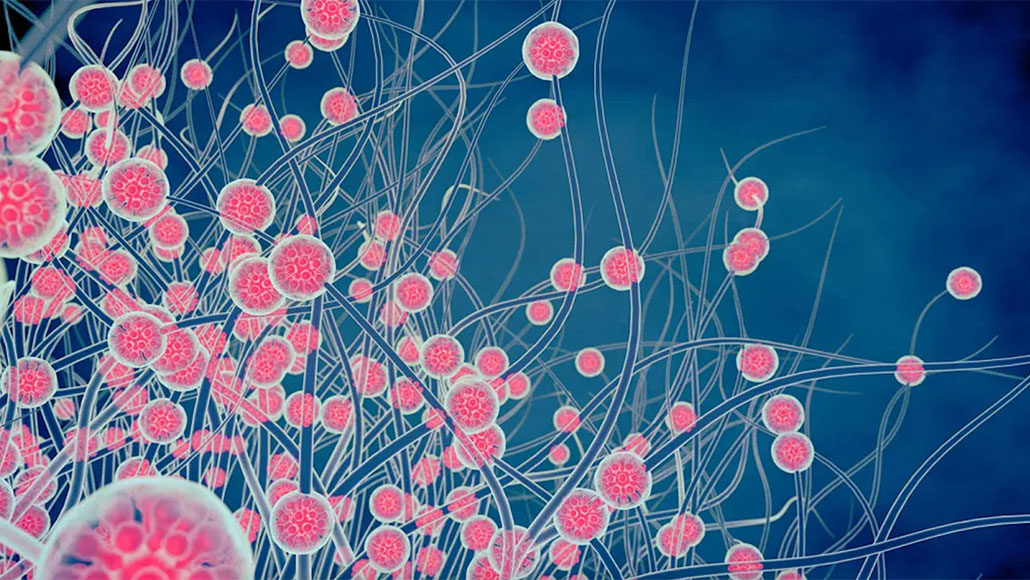These are the most popular Science News stories of 2023

A lung infection called histoplasmosis can be caused when the spores of soil fungi called Histoplasma (illustrated) are inhaled. The discovery that the fungi, along with two others, have become widespread in the United States ranked among Science News' most-read stories of 2023.
Roger Harris/Science Photo Library/Getty Images